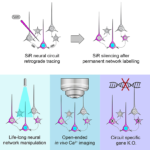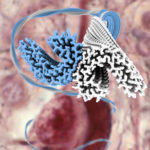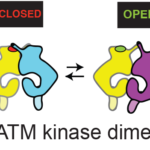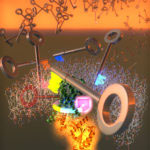
When cells divide, they must accurately copy their genetic material (DNA) and also ensure that their pattern of gene expression is maintained – genes that were ‘on’ before the cell divides need to remain on in the daughter cell, and genes that were ‘off’ need to remain off. These patterns of gene expression are determined by epigenetic signals, and it is possible to alter these signals to reprogram gene expression.




